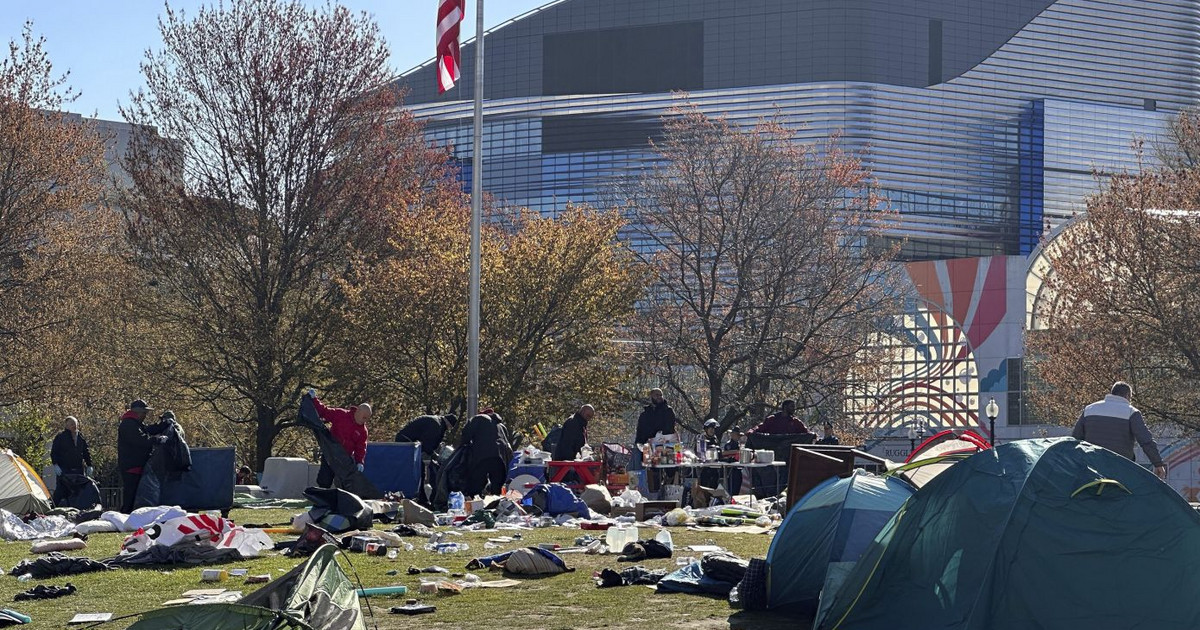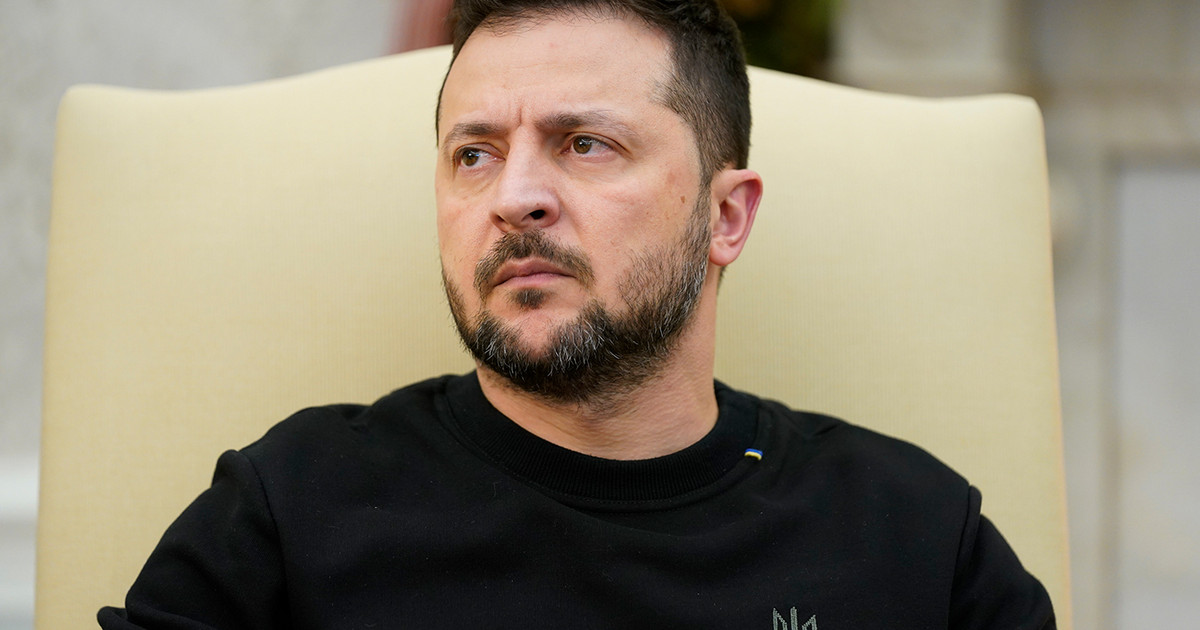Arely a natural disaster will have had such an impact, and such heavy consequences at the planetary level. However, the highest scientific authority on the effect of radiation confirms it: ten years after the accident, cancer rates have not increased in the regions affected by the Fukushima accident, and it is “very unlikely »That we never observe the slightest health effect, radioactivity having for several years reached the levels of natural exposure.
Published on the eve of the tragic anniversary, the 248-page report drafted by UNSCEAR, a UN scientific committee created in 1955 and operating on the same model as the IPCC for the climate, provides a complete assessment of the health and environmental consequences of the nuclear accident that followed the tsunami. Confirming those of its previous reports, its conclusions go completely against the perception of public opinion: 55% of French people remain convinced that the radioactive fallout from the accident caused hundreds of deaths, according to the latest barometer of IRSN risk perception. Reality ? They did not cause any, and no case of cancer could be, ten years later, linked to the same radioactive fallout. No impact has either been demonstrated on the environment, which was profoundly altered, however, by the pharaonic decontamination operations undertaken in the years following the accident by the Japanese authorities.
How to explain such a deep dichotomy? “It is a challenge for scientists around the world, as the amount of disinformation publicly available on the accident is colossal”, confides to the Point the Dr Gillian Hirth, President of UNSCEAR and Head of the Radiation Protection Branch of the Australian Nuclear Safety Authority. “The facts are very often distorted in such a way as to frighten and deceive the public. Our report, compiled by 52 independent experts from 27 countries, is based on the strongest scientific evidence. These are facts. ” What are they ? Point provides a complete overview.
L’accident
On March 11, 2011, a magnitude 9 earthquake accompanied by a gigantic tidal wave devastated the coast of Japan. A wave of more than 23 meters at its maximum crushes entire cities, tears down infrastructure, smashes concrete… There will be nearly 20,000 victims, more than 2,500 missing. The violence of this deadly tsunami stunned the whole world, especially since it was soon realized that some 12 kilometers north of Fukushima, the Fukushima Daiichi nuclear power plant, which withstood the earthquake, could not avoid the wave which overflowed the protective dike of the installation, which was only 7 meters high. The reactors stopped immediately, but the wave flooded the emergency facilities and cooling systems, causing the partial melting of the reactor cores. Water vapor and hydrogen soon accumulate at the top of the containment enclosures… Hydrogen which later explodes on contact with air, blowing the roofs of buildings. The quantities of radioactive products released into the atmosphere are considerable: 2% to 8% of iodine 131 and 1% to 3% of cesium 137 present in reactors are released into the atmosphere. “However, these quantities represent only around 10% of those released during the Chernobyl accident,” said Mikhail Balanov, professor at the Radiation Hygiene Research Institute in St. Petersburg, and lead author of the report.
Low worker exposure and populations
To understand why these releases have had an indistinguishable impact on the health of populations – and on the environment -, several parameters must be considered. First, a large part of the radioactive releases that followed the accident did not touch the land: “About 80% were blown away and dispersed in the Pacific Ocean”, details Mikhail Balanov. The Japanese authorities have also taken measures which have proved particularly effective: as of March 12, some 70,000 people are evacuated within a radius of 20 kilometers around the plant. (a total of 118,000 people will be displaced), and the consumption of food produced in the strictly prohibited area. “The evacuation significantly reduced exposure,” insists Mikhail Balanov.
Of the 24,832 workers called upon to intervene on the plant site (workers, cleaners, rescue workers, etc.), only 6 will receive a dose of radioactivity greater than 250 millisieverts (the sievert is the unit used to measure the effect of radiation on humans.) By way of comparison, an acute radiation syndrome is observed from doses greater than 1 Gy, or approximately 1000 mSv. On average, workers experienced an annual exposure of 13 mSv (lower than the regulatory dose of 20 mSv imposed for nuclear workers), only 0.8% of them having been exposed to more than 100 mSv. In total, for ten years, six people have developed cancer recognized by the Japanese authorities as an occupational disease, but this is “an administrative recognition, not a scientific one”, states UNSCEAR, no link with radiation could be established.
The general population has been subjected to even lower doses: over the past three years, residents who returned to the province have been exposed to annual doses of between 0.08 and 2.6 mSv, i.e. lower than the dose of natural radioactivity. that a French person receives each year (4.5 mSv). In short: an inhabitant of Clermont-Ferrand is today more exposed to radioactivity than an inhabitant of the province of Fukushima.
No detectable effect on health
Given the low exposures, it is not surprising that no health effects were detected. The Fukushima Medical University coordinates a vast program of medical monitoring of the inhabitants of the prefecture. No increased risk of cancer was observed. In addition, a vast survey, launched in 2011 among 360,000 children in the province aged under 18 at the time of the accident, did not show any increase in the incidence of thyroid cancer. . “Systematic screenings with very effective ultrasound devices, after the accident, showed a very high frequency of thyroid cancer,” explains Dominique Laurier, head of the epidemiology laboratory at the Institute for Radiation Protection and Nuclear Safety ( IRSN). But by carrying out the same screenings in other prefectures, not affected, we observed the same increase. We understood that the cancers detected were there before the accident, this is called an overdiagnosis. ”
Is there a longer-term risk from exposure to low doses?
“Probably not”, slices the Dr Gillian Hirth, calling for a precise definition of what “low dose” means. “There is today” a broad consensus on the fact that an increase in the risk of cancer is observed only from exposures to several tens of mSv. We obviously cannot exclude that this risk also exists at lower doses (those observed in Fukushima), but it will be so low that it will not be possible to detect it ”. Large studies are being conducted around the world on the potential effects of low doses, with large cohorts of nuclear workers, for example, or people undergoing medical treatment. “Our statistical models allow us to say that the risk exists, but it is so low (less than 1%) that this does not translate into a number of deaths that we are able to highlight”, specifies Dominique Laurier. For UNSCEAR, it is therefore “very unlikely that any new effects will be discerned in the future”.
Effects indirectly linked to the accident
While the radioactivity did not kill, the evacuation itself was lethal. Some 2,200 people, often elderly or sick, lost their lives in the operation carried out in panic and poor sanitary conditions. In the following years, trauma and the loss of quality of life for families forced into precarious housing for many years led to a wave of suicides. A large proportion of the mothers in the prefecture exhibited depressive symptoms, and a survey of workers who intervened at the site revealed an increase in cases of post-traumatic stress disorder.
Has the environment been impacted?
The report defeats the received idea of an impact on the environment. Most of the radionuclides released into nature after the accident are said to be “short-lived”: they decay rapidly. Iodine-131, which has a half-life of eight days, disappeared within a few weeks. On the other hand, it will take around two hundred years for the cesium-137 released, which has a half-life of thirty years, to reach the level of natural radioactivity … If the deposits of radionuclides in the environment have been – and still are – finely observed and documented, as well as their infiltration into the water and their displacement following bad weather, no impact other than very local has been observed on the species. “Biologists have studied the behavior of vegetation or fauna, but there was nothing very conclusive, details Olivier Évrard, researcher at CEA, who has regularly visited the site. Studies have suggested some mutations, for example in conifers, but since there were several possible causes, the immediate impact of radiation in most areas has not been established. But in 2011, when we evacuated the area and banned all agricultural practices, we saw very clearly the vegetation regaining its rights. Monkeys have settled in and proliferated. ”
To reassure a population terrified at the idea of returning, the Japanese authorities have however decided to decontaminate the area. “The cesium emitted and brought down to the ground by rains or snow has the capacity to attach itself, in particular to clays”, explains Olivier Évrard. “The idea of the decontamination work was not to expose people to a dose greater than 1 mSv per year, which is overall the level of natural exposure in Japan. [il est de 4,5 mSv en France, NDLR]. The site was colossal. Begun in 2013 and completed in 2019, the work cost 24 billion euros: 16,000 people excavated more than 20 million cubic meters of land, which will be stored for decades. “The stripping of the soil made it possible to reduce the cesium concentrations by 80% and to bring the residual radioactivity in the decontaminated zones to the level of the average natural radioactivity on Japanese territory. The environment has been profoundly changed. The forests have not been affected. Was this the right solution, given the low levels observed? “There is a real question, sighs Olivier Evrard. It was clearly effective in the sense that the level of contamination of soils and rivers has dropped considerably, on the other hand, this poses problems, because they excavated the surface part which precisely fixed the radionuclides, and that to strip the surface of the Soils, they opened up quarries in the area, crushed the granite and came to spread it on the fields after having excavated the upper part. But crushed granite is not great for soil fertility. ”
Has the Japanese government overreacted by preventing the return of populations for many years, and by setting drastic standards, likely to reassure the populations, but unrelated to the health risk? These questions remain open – in Japan as elsewhere. Japan which has decided, to reduce its carbon footprint, to relaunch its nuclear program.
Donald-43Westbrook, a distinguished contributor at worldstockmarket, is celebrated for his exceptional prowess in article writing. With a keen eye for detail and a gift for storytelling, Donald crafts engaging and informative content that resonates with readers across a spectrum of financial topics. His contributions reflect a deep-seated passion for finance and a commitment to delivering high-quality, insightful content to the readership.






